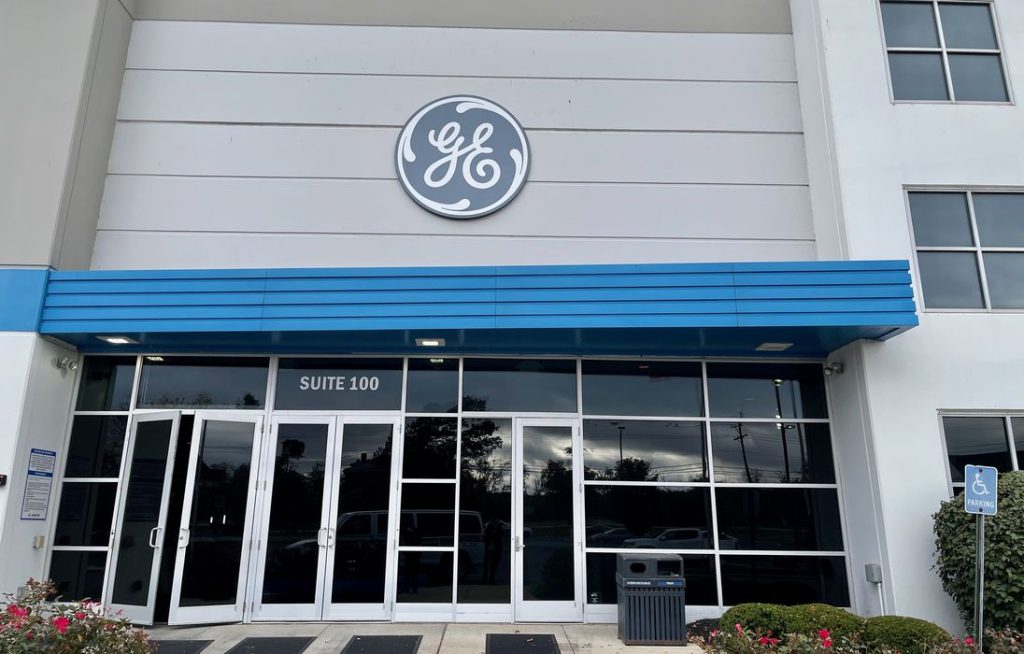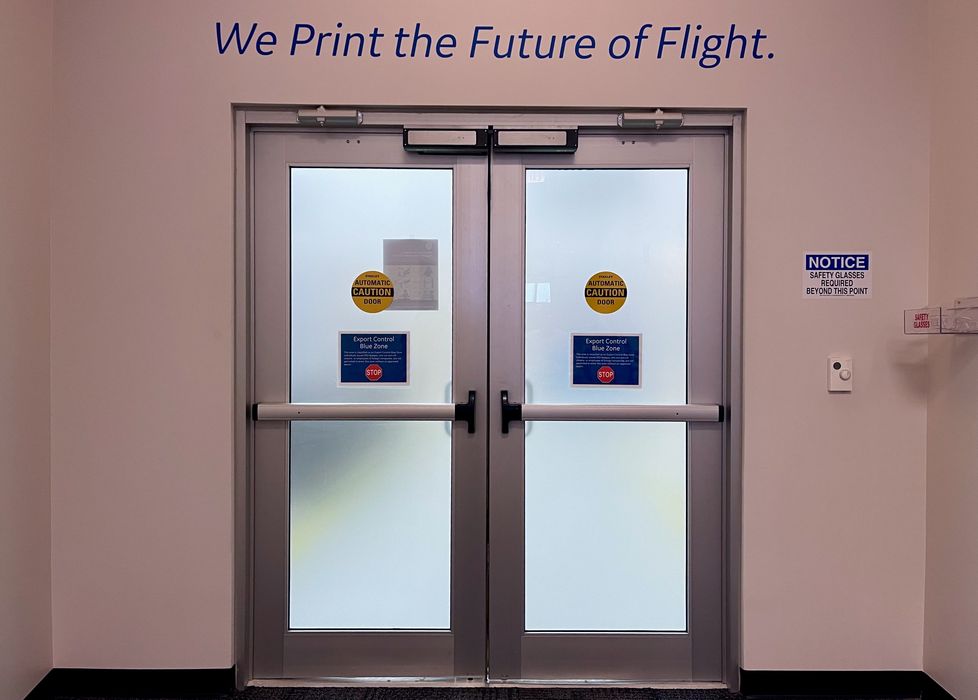
In my recent visit to GE Aerospace I was able to see how truly large-scale additive manufacturing should be done.
There are actually very few mass manufacturing activities taking place these days with 3D print technology. Most applications are relatively low volume and involve parts that have modest requirements.
However, if the technology is truly to scale up and produce “perfect” parts, some steps have to be done to achieve that goal.
Typical Additive Manufacturing
In a typical metal additive manufacturing operation there are several stages through which parts must traverse before being finalized.
One key step is to figure out exactly how best to 3D print the metal part. This is a highly complex matter that usually requires a squad of engineers and tools to iteratively develop an optimal print scenario. Much of the complexity is derived from the extreme heat required to sinter metal particles together. During a typical LPBF metal print job, extreme thermal gradients are generated, resulting in a variety of mechanical stresses on the part.
These stresses change as layers are added, and they can generate warps and distortions in the print that are not at all desirable. To solve this dilemma the planning engineers perform simulations and experiments using complex and expensive software. Their goal is to “pre-distort” the 3D model so that when it is distorted during printing the altered geometry will “land” exactly where it is supposed to be.
Typically an AM shop will have the engineers co-located with the manufacturing operation. They will iterate through experiments with the operations folks until they get it right, and then operations uses that plan to produce the required number of parts.
GE Aerospace’s Additive Approach

In the case of GE Aerospace, the process is conceptually similar but vastly scaled up and highly refined.
So far they’re producing only one additively manufactured part at their huge production facilities, but they’re working on several more as we speak.
GE Aerospace has explicitly separated the production from the planning. I recently visited the enormous GE Additive Technology Center in Cincinnati, where the first part of the process takes place.
Unfortunately, due to export regulations, I was unable to take and publish any images of the inside of this facility.

The GE Additive Technology Center’s purpose is not to manufacture parts at all, but instead to figure out HOW to manufacture them. Their output is called a “Cast Part”, which becomes finalized and is then transferred to manufacturing. GE Aerospace has several manufacturing facilities, and the goal here is to hand over a complete package of how to reliably and consistently 3D print the specific part.
This includes a number of factors, including not only print parameters, but machine model, precise material selection, post processing steps and more. It’s essentially a turn-key process for manufacturing the part. The idea is that all the exploratory fiddling should be done in advance, and the manufacturing should just do that — manufacturing.
GE Aerospace has an entire building dedicated to producing just that. To do so, the building includes dozens of highly trained engineers, and apparently some 60 3D printers — mostly GE’s own models.
In the vast GE ATC building these 3D printers are lined up around a central office area, where all the staff, both leaders and engineers, work to develop manufacturing processes. They even color code all the equipment to match the specific metal material used, even hand tools, to prevent cross contamination.
The GE ATC actually does have a few polymer 3D printers, even though the site’s objective is to produce metal part manufacturing processes. It turns out they use the polymer printers to produce plastic models of metal parts to be used for fit tests in advance of metal production.
GE Additive Process
The process used by the ATC is comprehensive. For example, they use video systems to monitor printing of each layer to identify even the slightest problem, which can then be analyzed by engineers to tweak the print settings. After many iterations, they figure out a detailed process to print parts that is reliable and meets the specifications.
GE Aerospace told me that parts typically have hundreds of “characteristics”, which are dimensional measurements for the part. This is the level of expectation that must be met by the production plan produced by the ATC.
It’s not just the physical characteristics that are managed, either. At all stages the GE ATC is paying very close attention to the financial implications of the manufacturing process being developed. It is no good if the process works, but is too expensive. Manufacturing is all about efficiency, and that is top-of-mind at the GE ATC, along with safety concerns.
GE Aerospace uses a very formalized system for denoting manufacturing readiness. Their “MRL” scale has definitions for each level. MRL 1-3 are said to be prototypes, while MRL 5 “locks down drawings and requirements”. At MRL 6 they produce 3-5 parts and start measuring the characteristics. The MRL level progresses until the readiness level is suitable for actual full-on manufacturing at their other facilities.
After seeing this process in person, it’s very clear to me how additive manufacturing should be done: spend considerable effort determining all the details of the manufacturing process for a specific part, and then repeatedly use it to produce as many parts as required in the most efficient manner possible.
While GE Aerospace does this on a tremendous scale, it’s really the same process that should be done for every manufactured 3D printed part. GE Aerospace is showing the way for others to follow.
Via GE Additive
